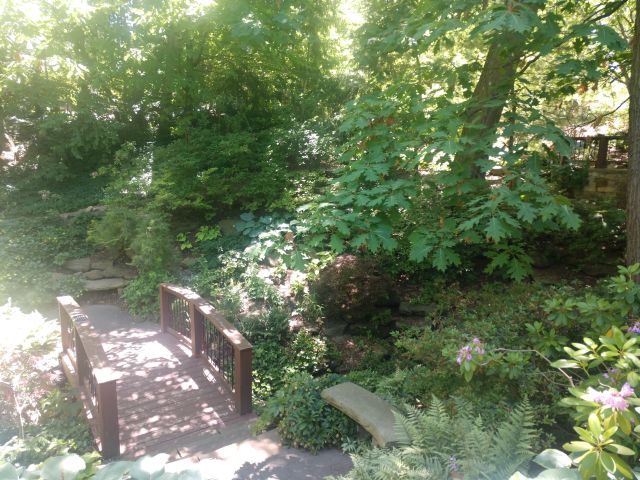Last week I attended my first in-person conference in three years. Titled “Labor in the Space Between,” this event was the annual conference for the Space Between Society, an organization I’ve been involved with since 2019.
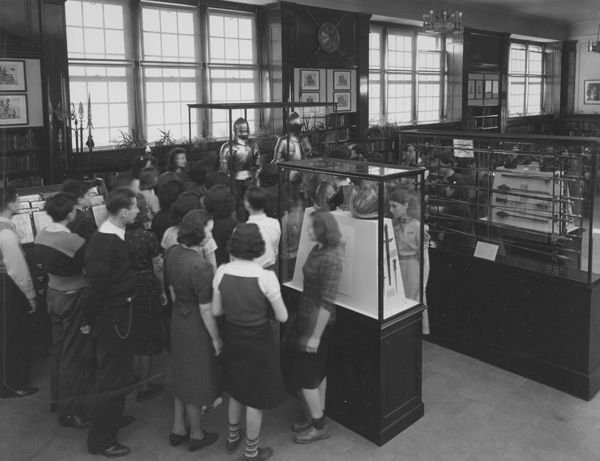
As the title suggests, the topic of this year’s conference was labor. Since I’d already talked about labor at the Roswell Museum through my presentation (and future book chapter) for the Museum Exhibition Design conference I gave in 2020, this was an opportunity to share new work based on my latest dissertation research. While I did feature the Federal Community Art Center Project, I mainly focused on the Neighborhood Circulating Exhibitions, arguing that staging the shows represented an act of institutional labor on the part of the Met. In sending out the collections to schools, libraries, and other places, the museum shows itself working for the community, in essence earning its relevance as a cultural organization by performing the willingness to share its works beyond its gallery walls.
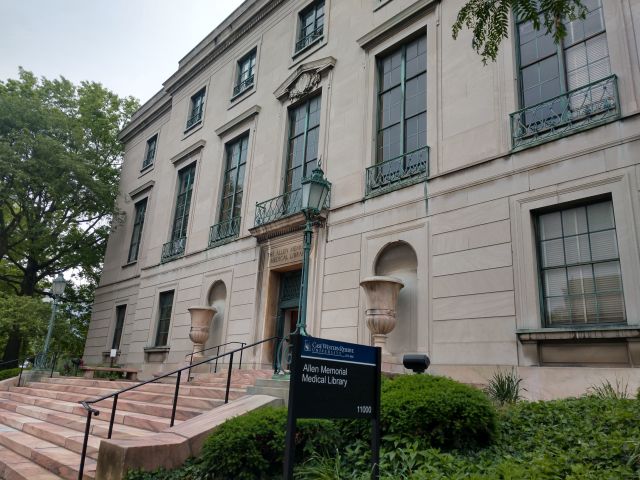

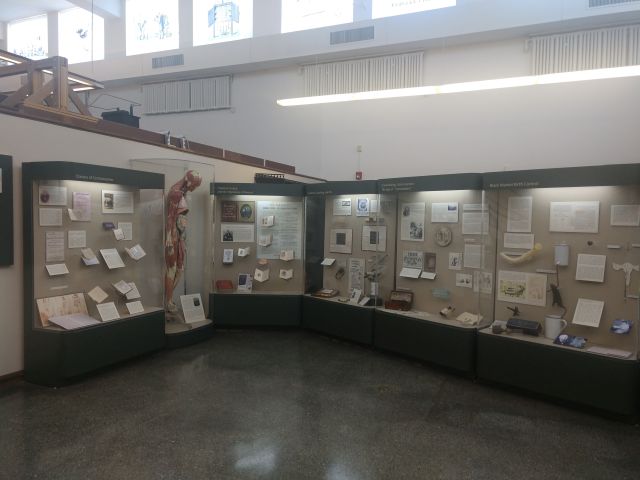
In hindsight, it’s only apropos that the first in-person conference I’d attend after a long virtual hiatus would be affiliated with the Space Between. After all, the last in-person conference I attended before the pandemic was my first Space Between event. Additionally, given that the whole pandemic has felt (and continues to feel) like a peculiar liminal space, one caught between virtual and in-person, isolation and togetherness, it also only seems appropriate that this conference be called the Space Between. Beyond the theoretical musings, the Space Between sessions are arguably among the most convivial, approachable conferences I’ve attended, so it was a welcome group to return to after spending so much time online. As many people have pointed out, social interaction is kind of weird these days because we’re trying to remember how to do it, so in terms of relearning in-person conferencing, this was a forgiving choice.
While attending the conference may have been a homecoming of sorts, it was by no means a return to things as they were. Beyond the broader implications of the pandemic itself, I’m in a different place than I was in 2019. At that conference, I was the new person who’d just finished my first year at William & Mary. I gave a talk derived from that semester’s term papers, but I still had coursework, comps, and the prospective ahead of me. This time around, I presented brand-new material from the second chapter of my dissertation, much of it coming from archival research I’d only done in March.
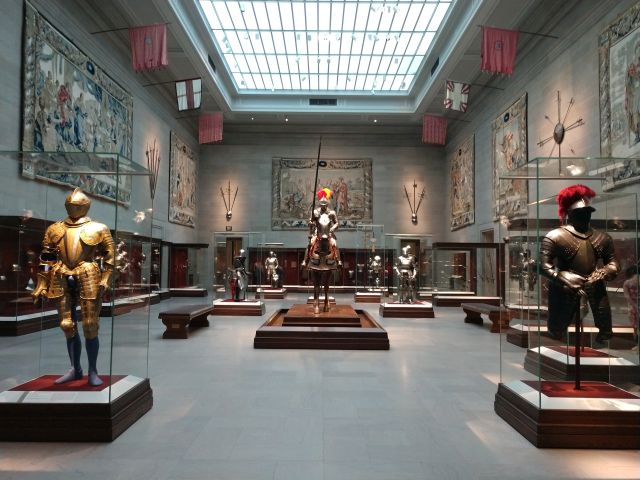

But the research isn’t all that’s changed. Within the Space Between Society itself, I’ve gone from being a newcomer to one of its board members as the Graduate Student Representative, chairing sessions in addition to presenting at them. In 2019, I was grateful for the sense of welcome I received as an attendee. This year, I tried to pass on that sense of hospitality by seeking out newcomers and talking with them. If anything, participating in this conference showed me how much has changed within the last few years, even if it hasn’t always felt that way in my day-to-day life.
Like the 2019 conference though, I enjoyed getting the chance to explore a new place. The last in-person conference happened in Brookings, South Dakota, which I hadn’t ever envisioned visiting but ended up enjoying. This year, the conference took place in Cleveland at Case Western Reserve University. Again, Cleveland wasn’t a place on my active list of destinations to visit, but I was pleasantly surprised. The actual conference site, the Allen Memorial Medical Library, is a fascinating building featuring a medical history museum and murals by Ohio artist Cora Millet Holden. The area around Case Western is quite walkable, and there are some great places to visit, from the Cleveland Museum of Art, to the Cultural Gardens, to neighborhoods like Little Italy. When I wasn’t catching up with other attendees or listening to papers, I had a great time visiting the Botanical Garden, the various galleries at the art museum, and other places. And those were just the places I visited; I didn’t even get to the Western Reserve Historical Society or the Rock & Roll Hall of Fame. In hindsight, the visit has a bittersweet tinge. Cleveland may be a nice place to visit, but given Ohio’s political inclinations, I wouldn’t want to live there right now.
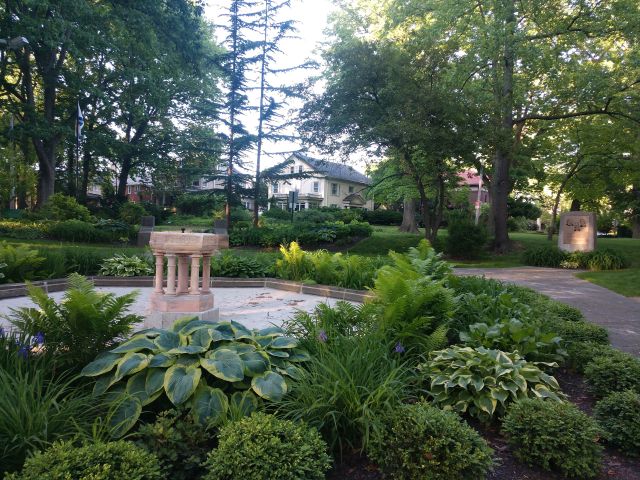
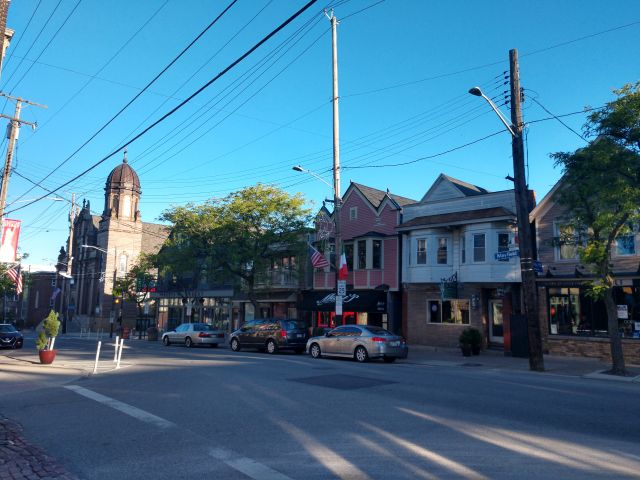
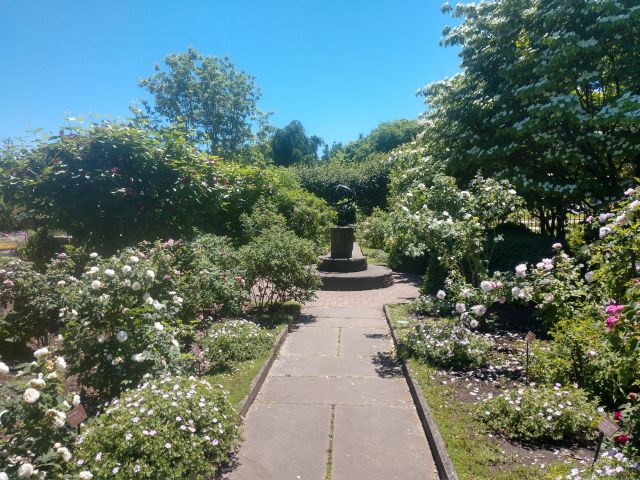
Yet as enjoyable as this onsite visit was, the realities of ongoing pandemic conditions can’t be forgotten, especially when it comes to considering future meetings. While the panels provided opportunities to share new research, the business meetings focused on the future of the Space Between and its approach to conferences. As much as we all agreed that meeting in person after so many years online was a wonderful experience, we also discussed continuing the virtual presence. After all, virtual participation opens up the conference and related events to a wider variety of people who can’t travel to the on-site sessions for health, financial, or other reasons, encouraging a greater diversity of scholarship. Given the impact of travel on climate change, moreover, it’s irresponsible to continue meeting in person every year. Additionally, as I know from my own experiences, virtual conferences can’t replicate in-person interactions, but they also pose their own unique advantages as experiences that should be embraced. It’s for that reason that I volunteered to serve on the committee for future conferences, because I’ve had too many positive virtual experiences at this point to see them go away completely.
Regardless of whether it’s in-person or virtual though, the Space Between remains one of my favorite conferences to attend, and this year’s was no exception. Ravenel Richardson, the conference’s organizer, deserves the highest commendations for her work, as do all of the IT people and other workers who helped ensure that the event ran smoothly. Congratulations are also due to the people who presented new research, whether they’re seasoned presenters or attending for the first time.
All in all, not a bad way to reintroduce myself to the world of in-person conferencing.

